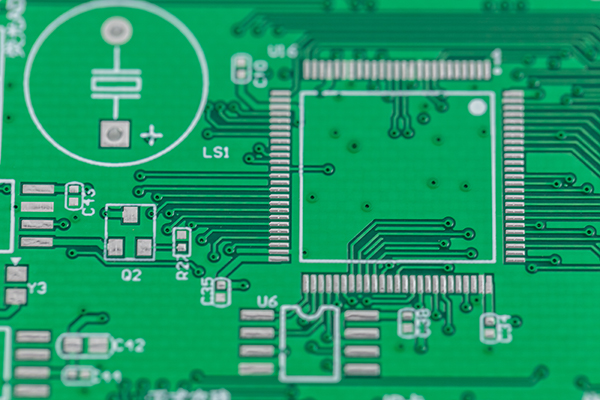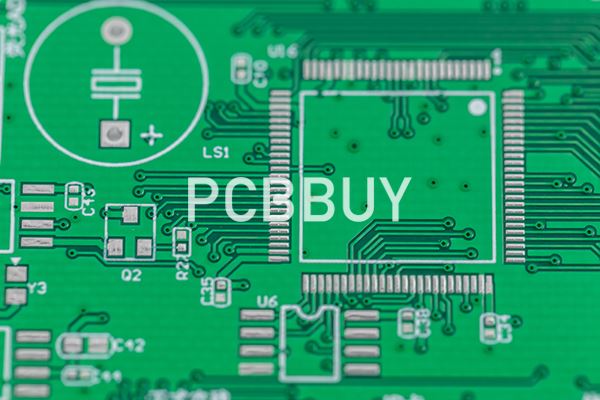What Is the Working Principle PCB CTI?
By:PCBBUY 11/01/2023 16:36

If you are a beginner of PCB industry, do you know PCB CTI? Do you know how it works during the PCB manufacturing process? If you are curious about PCB CTI, please check and read the content below for more professional information.
If you want to order PCB product, please check and custom your order online.

Why to process PCB CTI?
HVTR testing and other standard high voltage arcing tests are performed on dry, solid insulation materials. By contrast, CTI testing is performed with liquid applied to the board’s surface. The objective is to evaluate the resistance of the board’s insulation to tracking in the presence of contamination, which is more likely for industrial boards, especially when embedded in production equipment, as found in advanced industrial processing environments.
The CTI is important as it provides a quantitative metric by which different materials can be compared and a selection made based upon its probability to withstand its intended environment. Moreover, the CTI can be used to determine creepage and clearance distances for your board’s design.
When two PCB traces run in parallel, the dielectric material should not breakdown at any time and both traces should be able to carry current without any problem. The chance of dielectric breaking down and the traces having a direct short is very less. The dielectric ensures that resistance is present between the two traces. One of the primary reasons why the two traces might have leakage current is due to the impurities forming between traces, environmental conditions, voltage applied, and temperature.
CTI is the measurement of the susceptibility of the PCB’s insulating material to the electrical breakdown. Mathematically, CTI is that voltage, which results in failure by breakdown after 50 drops of 0.1 percent ammonium chloride solution have fallen on the material.
What Is the Working Principle PCB CTI?
Comparative Tracking Index (CTI) is the extent to which the insulating material of the PCB can resist the unwanted current to flow between traces on the board. It is a measure of the ability of the PCB substrate to withstand any breakdown between two tracks on the PCB surface. It is used to assess the proportionate resistance of the PCB base material and helps calculate the high-voltage isolation values between the tracks.
The CTI value is tested in accordance with the IEC-112 standard method "Test Method for Comparative Tracking Index of Substrates, Printed Boards and Printed Board Assemblies", which means that the surface of the substrate can withstand 50 drops of 0.1% ammonium chloride The highest voltage value (V) at which an aqueous solution does not form a trace of electrical leakage. According to the CTI level of insulating materials, UL and IEC divide them into 6 grades and 4 grades respectively.
Copper clad laminates with low CTI values are prone to leakage tracking when used for a long time in harsh environments such as high pressure, high temperature, humidity, and pollution.
Generally, the CTI of ordinary paper-based copper clad laminates (XPC, FR-1, etc.) is ≤150, and the CTI of ordinary composite-based copper clad laminates (CEM-1, CEM-3) and ordinary glass fiber cloth-based copper clad laminates (FR-4) It ranges from 175 to 225, which can not meet the higher safety requirements of electronic and electrical products.
In the IEC-950 standard, the relationship between the CTI of the copper clad laminate and the working voltage of the printed circuit board and the minimum wire spacing (Minimum Creepage Distance) is also stipulated. The high CTI copper clad laminate is not only suitable for high pollution, It is also very suitable for the production of high-density printed circuit boards for high-voltage applications. Compared with ordinary copper clad laminates with high leakage tracking resistance, the line spacing of printed circuit boards made with the former can be allowed to be smaller.
What are the testing options of PCB CTI?
The Comparative tracking index is significant as it gives a quantitative metric by which materials that differ can be compared and a selection possible based on its chances to cope with its intended environment. Most especially, the Comparative tracking index can be adopted to ascertain clearance distance and creepage for your board’s design.
Comparative Tracking Index Testing Options
UL testing facility: The best option is by testing by anUl facility if testing is needed. The Comparative tracking index test can be carried out with the related surface tracking estimation.
Facility for other testing facilities: There are several companies that can carry out testing of materials for you. The benefit here is that you are not mandated to acquire or have the equipment that is necessary or the environment that meets the standards’ requirements.
In-Door: if your anticipation is on the need to carry out this type of testing regularly, the expenses might worth acquiring equipment and expertise to get it done whenever it is required.
Additionally, you may make use of the result of past studies that are available, and that is compatible with your design. If accurately utilized, Comparative tracking index testing can assist you in picking the best materials, PCB layout, and coating that are protective for your industrial board.
Industry Category











